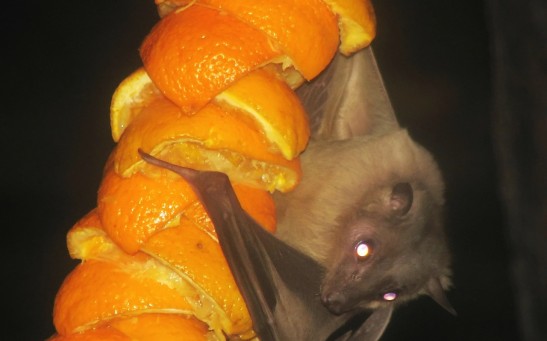bats
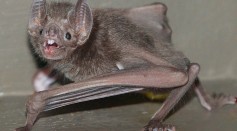
Female Vampire Bats Found Grooming, Sharing Food With Each Other; Opposite the Behavior Seen in Some Primates
18 Bat Species in Switzerland Found Harboring Viruses from 39 Viral Families Including COVID-19
Rabid Bat Discovered in Olbrich Park: Second in Dane County, Fourth in Wisconsin to Test Positive for Rabies
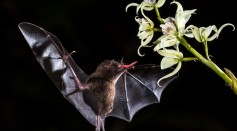
Bats Already Know Echolocation Since Birth Unlike Other Animals, Research Reveals
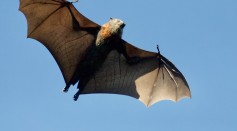
4,300 Years of Bat Poop Uncover Shifting Climate Conditions Over the Years [Study]
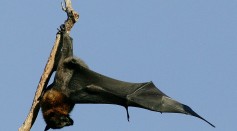
Echolocation in Bats: New Discovery Reveals Flying Foxes' Sound, How It Evolved
Secret Revealed: Male Bats Use Odor for Sex Appeal
Striking Orange and Black Bat Species from West Africa, Discovered

Biggest Mammal Migration in the World is in Danger
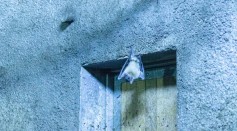
Why Do Bats Collide To Walls Even When They Can Detect It?
Bats Predict Where Their Food Is Going, New Study Suggests
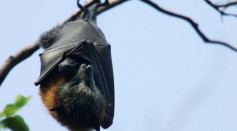
Scientists Trace Lineage of the COVID Virus in Bats
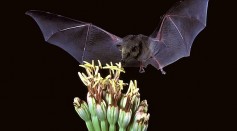
Citizens Could Benefit From Adjusting Streetlights For Bats
‘Traffic Rules’ In Nature—Being a Little Batty
Most Popular

How Technology Is Changing the Real Estate Industry?

How a Plant-Based Diet Can Protect Against Breast Cancer: Insights from Nutrition Research

Study Reveals High Turnover in Scientific Research Careers: What This Means for Future Scientists

Why It's So Difficult to Lose Weight: The Biological Explanation Behind Obesity

